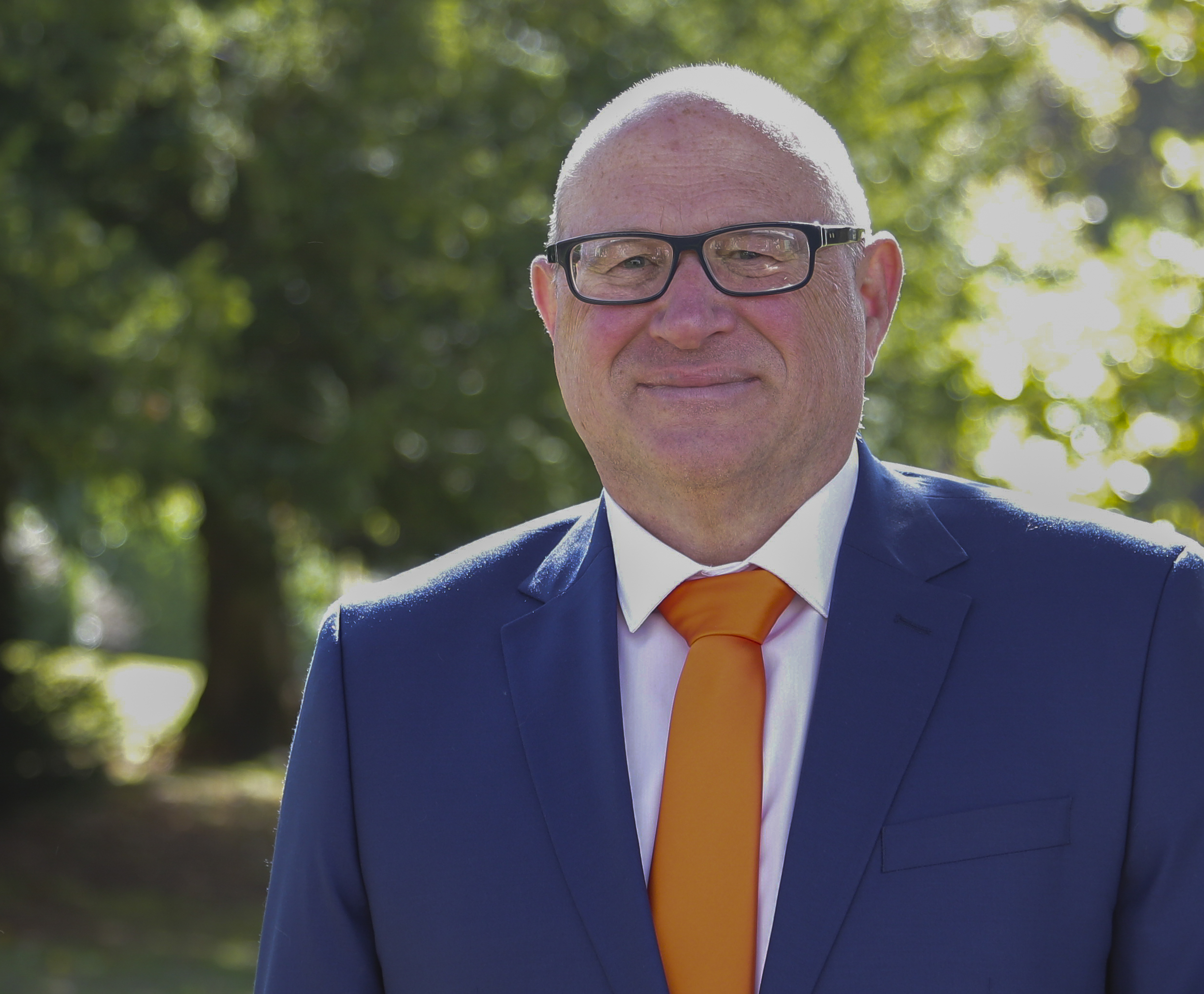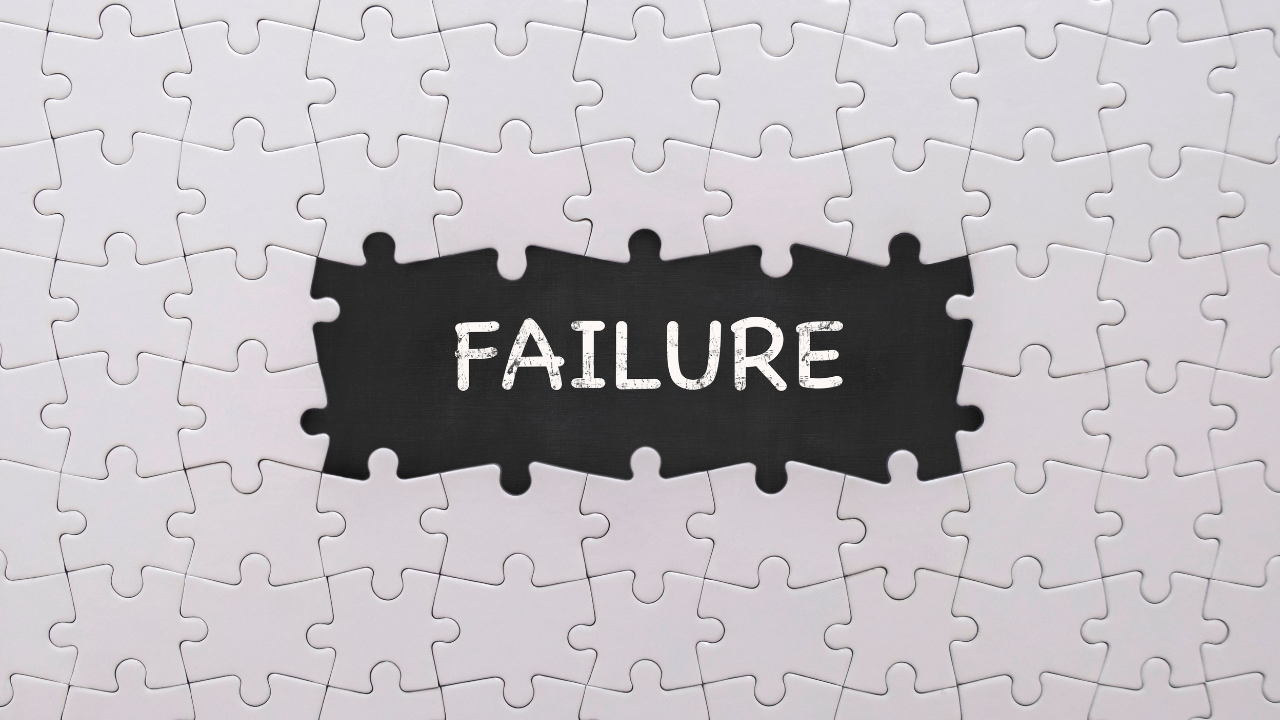How to Turn the Right People into the Wrong People
Dr Anthony Kenneson-Adams. DBA. MA. BSc(Hons). FIoL, Head of Learning and Knowledge Transfer, Project7 Consultancy
Posted 10/26/2023
When I am working with clients across multiple disciplines, I am sometimes surprised when they tell me they have the wrong people in some key positions and my task as the business coach or consultant will be to turn these wrong people into the right people.
My first question to my client in these circumstances, and somewhat tongue in cheek is “So why did you hire the wrong people?” The answer is then always the same, “They were the right people when we hired them.”
So, what went wrong? I believe there are two answers to this question. Either their hiring process was not up to the job, or in the time the employee had been with the company, the company had turned the right person into the wrong person.
Hiring Process
There are still far too many hiring interviewers that ask standard or random questions that just enable the interviewee to make up answers that do not get to who the interviewee is and how they will impact the business.
Look closely at your hiring process, build thoughtful competency-based questions that will enable you to get to ‘know’ the person and judge future success based on past experience. Interview in teams using relevant scenarios with current and prospective new employees to see how people work together. The ‘right’ questions and scenarios will ensure you hire the right person that meets your need.

Maintaining the Right Person
By far the most often experienced category for me is that the company did in fact hire the right person but in less than a year or two they turned them into the wrong people. So how, in my experience, does this happen? Here are some of the reasons that I have seen:
- Ineffective or toxic leadership.
- Company’s values and culture don’t align with an employee’s personal values and beliefs.
- Failing to invest in employee induction and development.
- Micromanagers that that stifle creativity, autonomy, and job satisfaction.
- Employees that feel that their efforts are not fairly compensated or recognized.
- Discriminatory practices, including gender, race, or age discrimination.
- Businesses that do not prioritize work-life balance.
- Poor communication that leads to misunderstandings, confusion, and frustration.
- Employees not given the necessary resources to be successful.
Good News
The good news is I have seen that through robust processes, focused training, values-based mentoring, and person-centred coaching, all of the problems listed above can be turned around.
When businesses focus on the right things, great things happen. Not only do they retain the right people, but those people become valuable business assets.

Dr Anthony Kenneson-Adams
Dr. Anthony Kenneson-Adams had a 30-year career in the Royal Air Force, becoming a Senior Engineering Officer, Project Manager and Engineering Authority responsible for multiple fast jets and large-body aircraft in peace and war operations. On retiring from the Royal Air Force, he became a Corporate Operational Excellence Consultant in the Paper Manufacturing and Packaging Industries and is now the Head of Learning and Knowledge Transfer for the international Project 7 Consultancy. You can contact Anthony at www.project7consultancy.com or [email protected]
Related Articles

People Management - Workforce Shortage: Acceptance is the First Step

Need of Motivation for Maintenance Staff

Maintenance Management Legends

Fixing Maintenance

Few Make the Most of Their CMMS

Reduced Wear and Failure of Machine Components: Failure Analysis of Mechanical Components

Gearbox Diagnostics Fault Detection

Getting Root Cause Analysis to Work for You

How to Conduct Effective Root Cause Analysis

A Framework for Achieving Best Practice in Maintenance

An Introduction to the Maintenance Scorecard





